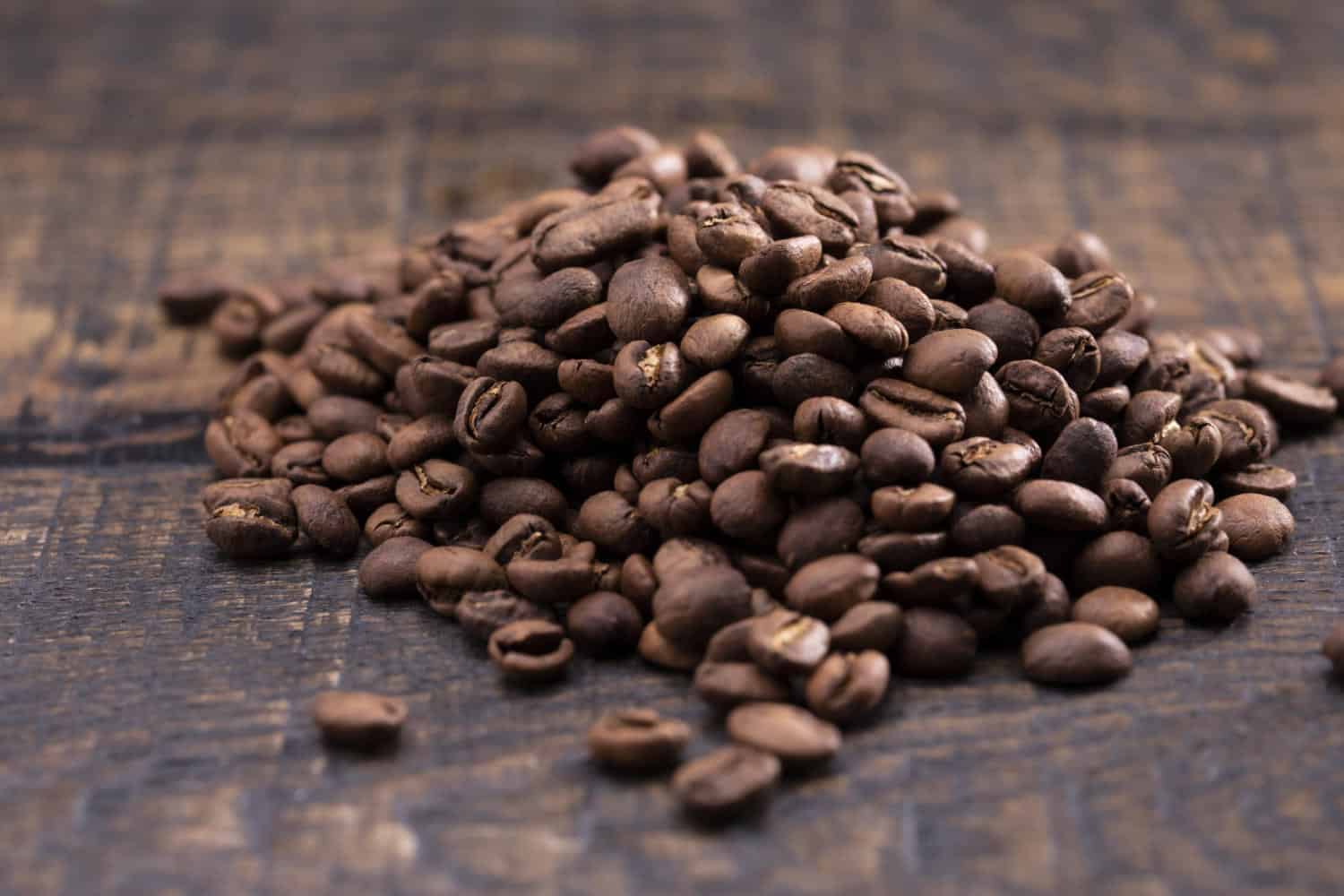For many of us, the morning starts with the warm, welcoming aroma of coffee wafting in the kitchen. check here energizes our mornings but also ignites captivating conversations about its science. From bean to brew, coffee is a intricate blend of aromas and elements that stimulate our palates. Understanding the chemistry behind your morning cup can enhance your love for this worldwide favorite and its myriad types.
In this coffee blog, we will investigate the captivating chemistry of coffee, examining everything from the roasting process to brewing styles. With the newest coffee trends and trends, we’ll explore how different elements affect the quality, aroma, and even wellness aspects of your brew. Regardless of whether you are a professional barista or just a coffee enthusiast, this investigation will give knowledge that improve your coffee experience and elevate your daily ritual. Join us as we set out on this fragrant journey through the realm of coffee science.
The Chemistry of Coffee Components
The robust and enticing aroma of coffee is thanks to a complex blend of aromatic compounds that are emitted during brewing. Among the most essential compounds are caffeinatic, chlorogenic compounds, oils, and saccharides. Caffeine, a organic stimulant, is recognized for its ability to enhance alertness and temperament. Chlorogenic acids, on the contrary, are free radical-neutralizing compounds that contribute to the singular flavor profile and are thought to provide various health benefits. Together, these compounds create the essential experience of enjoying a morning brew.
During the cooking process, the browning reaction plays a critical role in developing the taste of coffee. This reactive reaction occurs when amino acids and saccharides interact under high temperatures, resulting in the formation of new taste compounds. As coffee beans are roasted, they undergo intricate transformations that produce numerous of different aroma and taste elements. This process is what gives each type of coffee its unique characteristics, influencing everything from sweetness to tartness. Understanding the Maillard reaction helps us understand why diverse roasting levels can drastically change the character of our preferred coffee.
Furthermore, the brewing method significantly impacts the release of these compounds. Factors such as the warmth of the water, extraction time, and particle size determine how flavors are extracted from the coffee grounds. For instance, a cafétière might draw out oils and flavors in distinct manners than a drip brew or an espresso maker. Each method can accentuate various notes such as fruity acidity or nutty richness, making the science of brewing an essential topic for any coffee writing enthusiast. Exploring these relationships reveals not just the craft of brewing but also the methodology behind what makes each mug of coffee so distinctive.
Brewing Methods & Their Influence
The manner in which coffee gets brewed may greatly impact its taste profile and aroma. Each brewing method extracts different compounds from the coffee grounds, resulting in distinctive tasting notes and overall experiences. For instance, methods such as espresso and French press highlight the richness and body of the coffee, while pour-over techniques highlight clarity and brightness. This range means that coffee enthusiasts have the opportunity to discover different flavors depending on their preferred brewing style, thereby making it a vital aspect of coffee culture.
Moreover, the temperature and time of extraction play crucial roles in shaping the final outcome of the brew. Higher temperatures typically extract more oils and acids, resulting in a bolder taste, whereas lower temperatures tend to yield a smoother cup. In addition to temperature, the size of the grind of the coffee is also important; finer grinds increase extraction speed, which can result in a stronger flavor if managed correctly. Understanding these variables allows coffee lovers to tailor their brewing techniques to suit their personal preferences.
Finally, the water-to-coffee ratio is a key element that affects the strength and total quality of the brew. A higher ratio of coffee to water typically creates a concentrated and intense flavor, while a lower ratio results in a milder cup. Various brewing methods may require specific ratios for optimal results; for example, a traditional Turkish coffee may need a stronger blend compared to a cold brew. Becoming familiar with these subtleties not only enhance the home brewing experience but also nurtures a deeper appreciation for the intricate science behind each cup of coffee.
Health Benefits of Drinking Coffee
This beverage is not only your morning routine; it is packed with a variety of health benefits that can improve your general health. Research has indicated that reasonable coffee consumption is associated with a lower risk of various long-term illnesses, such as type 2 diabetes, cardiovascular disease, and specific forms of cancer. The antioxidants in coffee, such as phenolic compounds, play a key role in protecting cells from damage and fostering better health outcomes.
Moreover, coffee can boost your cognitive function and improve mood, thanks in part to its caffeine content. Studies show that caffeine can improve alertness, concentration, and even temporary memory. In alongside its stimulating effects, coffee may help diminish the risk of neurodegenerative diseases like Alzheimer's and Parkinson's, making it a valuable beverage for brain health as we age.

Finally, the health benefits of coffee reach past physical health; it can also contribute to social well-being. Enjoying a cup of coffee can be a enjoyable experience shared among friends, helping to build connections and lessen stress. With its rich history and cultural significance, coffee remains a crucial aspect of community life, making it not just a beverage, but an essential part of our lives.
